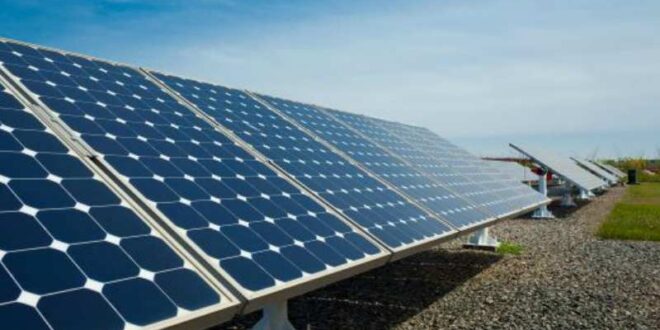The variability of renewable energy is one of the key hurdles standing between us and a net-zero future. Unlike baseload fossil fuels, which can be easily manipulated to produce enough supply to meet demand at any given time, renewable energy sources like solar and wind power depend on uncontrollable elements like the weather and the time of day. Finding a way to better match renewable energy supply with demand will therefore be critical to meeting global decarbonization goals.
The leading solution for this problem of variability is long-term energy storage. While the sector is still in its infancy, energy storage is on course to become an incredibly lucrative industry. Law firm Morgan Lewis has referred to the storage sector as “the technology that will cash the checks written by the renewable energy industry,” and described that “the global energy storage market will continue its rapid growth, with an estimated 387 gigawatts (GW) of new energy storage capacity expected to be added by 2030—a 15-fold increase in global energy storage capacity compared to the end of 2021.”
When solar panels and wind turbines are producing more energy than the grid calls for, that excess production can be stored in large battery facilities until the equation is flipped and demand outstrips production, at which point that stored energy from earlier can be pumped back into the grid and into consumers’ homes and businesses. Energy stored at peak daylight hours could be released as electricity later that same night, or it could be stored throughout the summer and released over the winter months when the days grow shorter and solar panels are less productive. Energy storage is still an extremely nascent field, however, and lithium-ion batteries, the current leading technology, aren’t capable of storing energy long enough to provide a real solution.
While many researchers are dedicated to finding long-term energy storage solutions, others are looking for a different approach to tackling the variability issue, and coming up with some promising out-of-the-box solutions. In one of the more inventive examples, a team of scientists in Scotland think that hanging huge mirrors in the atmosphere could dramatically help boost the output of solar panels in the hours around dusk and dawn. The concept itself is not a new one. It was dreamed up as early as the 1920s and was proven by a team of Russian scientists in 1993 when the 20-meter (66-foot) Znamya-2 space mirror successfully reflected light down to Earth that was (dimly) visible in the night sky in some regions of Europe.
But things have changed since then – not only has the technology advanced, orbital launches are now a whole lot cheaper. “A University of Glasgow team believes that now’s the right time to give solar reflectors a serious crack, since SpaceX and other private companies promise they’ll soon drive the per-kilogram cost of orbital launches down low enough that these reflectors could be commercially viable,” New Atlas reported this week.
The idea is that the so-called Solspace project would launch reflective satellites into orbit and put them on a rotation that hits as many terrestrial solar farms as possible along its path, timing its flyover for the times of day when the sun isn’t shining directly on the photovoltaic panels, thereby giving a healthy boost to the farms’ production at a time when production is typically waning and demand is spiking. And while the reflected light would be bright enough to make a difference to the grid, it wouldn’t be bright enough to cause light pollution, the team says.
While the idea of the reflectors is novel in its approach, Solspace is only the latest in a wave of space-age solar research and development. Researchers have also been working on sending the solar farms themselves into space, where the sun would never set on them. The energy they produce could then be beamed back down to Earth. Recent studies have shown that advancements in cost-effective, durable solar panels suitable for space conditions have seriously increased the viability of space-based solar energy. And in June of last year, scientists at the California Institute of Technology (Caltech) made history when they successfully beamed solar power from space back down to Earth.
These developments are as critical as they are exciting. Dreaming big has never been more necessary as the world faces unprecedented energy and environmental challenges. At a time when the urgency of decarbonization has never been greater, but limitations faced by solar farms are also increasing at a brisk clip, the final frontier offers some key opportunities that could reshape and redefine the way we power our world.

 Iran Energy News Oil, Gas, Petrochemical and Energy Field Specialized Channel
Iran Energy News Oil, Gas, Petrochemical and Energy Field Specialized Channel



